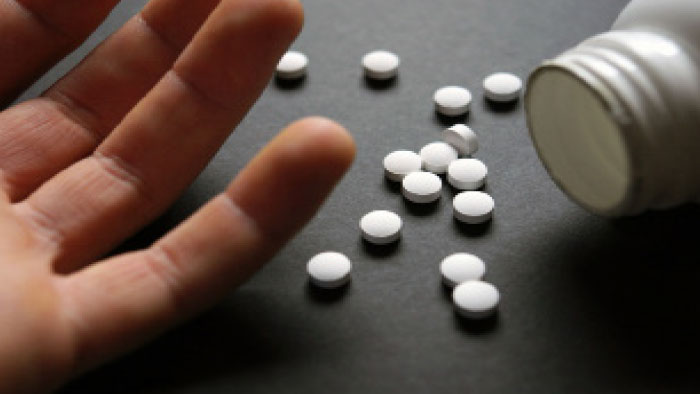The numbers are absolutely staggering.
Opioids—both prescription and illicit (heroin)—are the main driver of drug overdose deaths nationwide and in the Empire State. According to the U.S. Centers for Disease Control and Prevention, opioids were involved in 33,091 deaths in 2015 – including 2,754 in New York – and opioid overdoses have quadrupled since 1999. Drug overdoses account for a large percentage of deaths among New Yorkers between 15 and 44 years of age – accounting for an incredible 41 percent of deaths in upstate Sullivan County, 37 percent in Erie County, and 32 percent in Nassau County on Long Island, according to an analysis conducted by The New York Times.
According to the de Blasio administration, the number of drug-overdose deaths has increased in the city in each of the last six years. Rates of drug-overdose deaths in Gotham more than doubled between 2010 and 2016.
However, two developments this week hint at a possible ray of sunshine at the bottom of that pill bottle or rusty spoon.
The State Department of Health recently released the “Assessment of the Potential Impact of Regulated Marijuana in New York State.”
“The positive effects of a regulated marijuana market in NYS outweigh the potential negative impacts,” officials wrote in the report that was submitted on Friday for Gov. Andrew Cuomo’s review.
Among those beneficial effects: A regulated marijuana market in New York could have a positive impact on the opioid crisis. According to the assessment, studies of some states with medical marijuana programs and/or regulated adult-use have found notable associations of reductions in opioid deaths and opioid prescribing with the availability of marijuana products. Additionally, following legalization of adult-use marijuana in Colorado, the state saw a short-term reversal of the upward trend in opioid-related deaths.
It’s no panacea, nor is it a silver bullet that will wipe out the suffering born of this public health epidemic in a nanosecond.
Just good news, for a change.
And on Wednesday, a federal jury in Brooklyn, following two weeks of trial, convicted Dr. Martin Tesher of 10 counts of unlawful distribution of oxycodone without legitimate medical purpose to five patients, one of whom died as a result two days after his last visit with Dr. Doom.
It’s about time we go after the legal pushers, the dope dealers with stethoscopes and lab coats. Yes—opioid distributors alone make nearly $500 billion a year in revenue—and we should go after them with all we’ve got. But there’s a special place in hell for those who swore a sacred, centuries-old oath to do no harm.
The evidence at Tesher’s trial established that that between June 2013 and January 2017, Tesher prescribed oxycodone and fentanyl on a continuing basis without a legitimate medical purpose to patients after he learned, or had reason to believe, that these patients were addicted to drugs. The five patients either told Tesher that they had a drug addiction, had previously been treated for drug addiction, or tested positive for illegal drugs such as cocaine or heroin during the course of their treatment by Tesher.
While under Tesher’s care, Nicholas Benedetto, 27, tested positive for cocaine, heroin and methadone in addition to oxycodone and fentanyl. Tesher continued to prescribe oxycodone and fentanyl to Benedetto despite indicators that he was abusing those drugs. Benedetto was found dead of a fatal combination of oxycodone and fentanyl on March 5, 2016, two days after he had been prescribed oxycodone and fentanyl patches by Dr. Evil.
Tesher faces a mandatory minimum sentence of 20 years’ imprisonment when he’s sentenced. He’s 82.
Good news. Finally.

